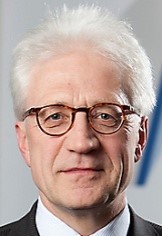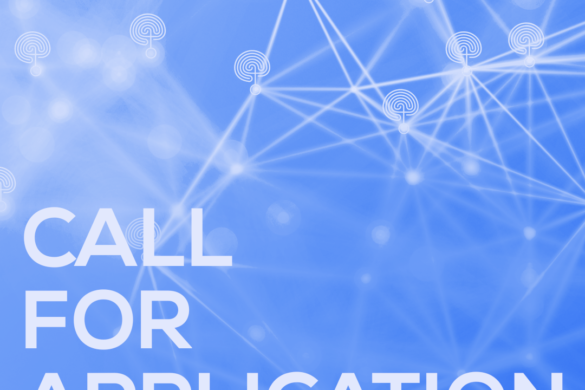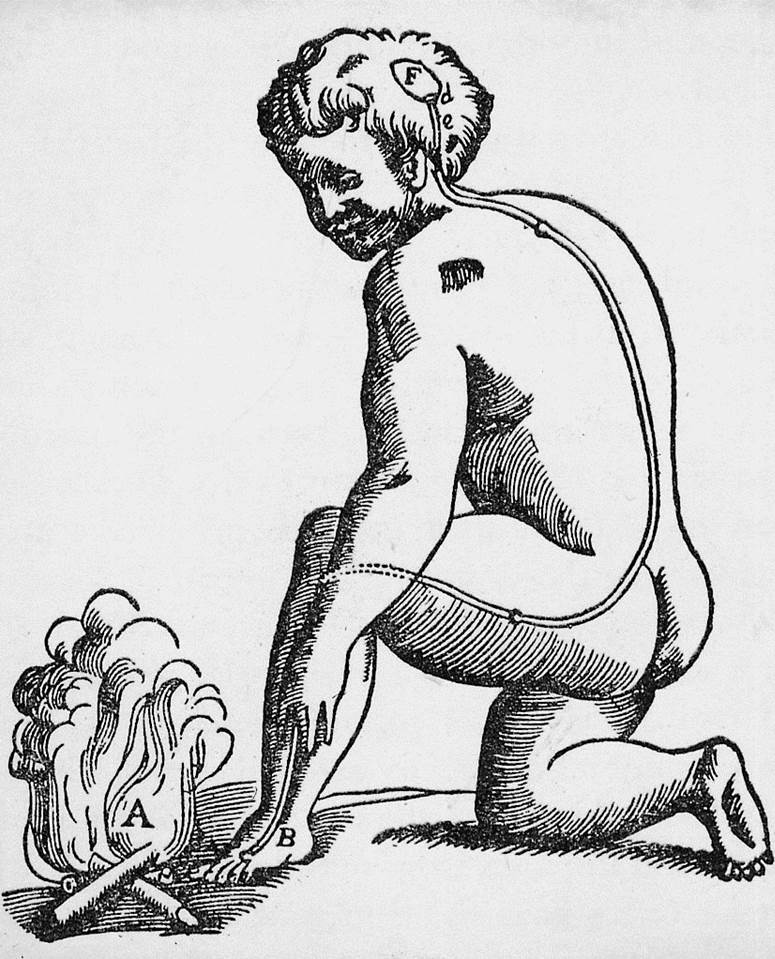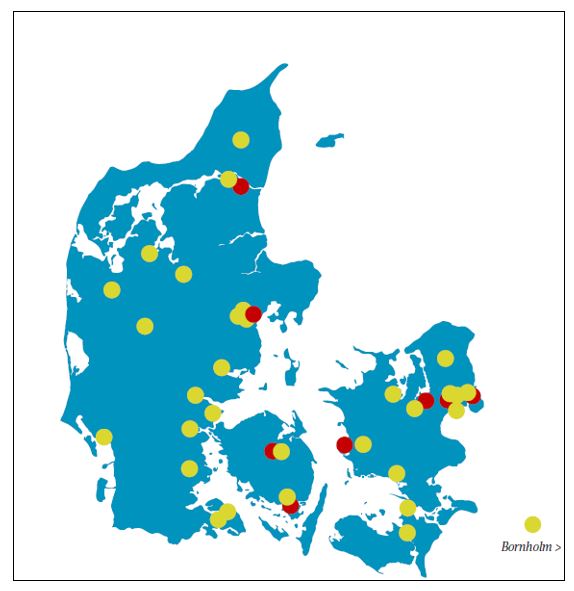Over the last months, Neuropenews has featured 8 chapters describing the beginning of neurology in Germany (chapter 1), a golden age at the end of the 19th century, the first 30 years of the 20th century with true scientific breakthroughs (chapter 2), the dark age before and during World War II (chapter 3), the slow and painful (chapter 4) and since the 1970ies accelerating recovery (chapter 5-8) of clinical neuroscience and neurology in Germany [1]. This last chapter will address the interaction with and integration of German neurology into European neurology.
Neurology in Germany has – from its very beginning (textbook in 1840 -authored by Moritz Romberg, Berlin) closely intermingled with developments in neurology all over Europe. Examples are the early exchange between British and German neurologists, the training of later eminent Germans (e.g., the Vogts) by French pioneers (e.g., Charcot) and the interaction of German and Austrian neurologists with the Russian school. World War I, the subsequent phase of economic depression and the rise of anti-semitism led to unspeakable suffer and loss, and on the other hand to the escape of many prominent German neurologists to England, and later to the United States. In 1934 the Nazi terror enforced the merger of neurology and psychiatry and thus further isolated German neurology from its neighbouring partners [1].
It took at least two generations of clinician neuroscientists to recover from the horror and aftermath of World War II. And we cannot stress enough our gratefulness, how fair our colleagues from all over Europe, such as from Great Britain, France and the Benelux countries, but also from the Scandinavian states and Italy and Spain accepted the few surviving representatives of clinical neuroscience back into the family of European neurologists. This openness and friendship became particularly evident when around 1970 an increasing number of clinician scientists of a new generation mainly from former West Germany went for advanced training to European research and clinical centers and also to the USA. With their return to Germany they brought a strong emotional commitment to international cooperation and had established a large number of lifelong friendships in their host countries.
Following the fall of the iron curtain 1989 and the unification of Germany the last two decades have demonstrated that German neurology cannot and will not exist without European neurology and vice versa. The interaction and relationship between all European countries with partners of German academic centers increases every year – witnessed by the analysis of 20 years of research programs in neurology and neuroscience at the European level. It is a joy to see this steadily growing number of multinational cooperations flourish at the European level in the different research programs of the European Union [2,3]. For example the recently approved European Institute of Technology “Health” (Healthy living and active aging) brings 140 partners of academia and industry together to close the gap of these two vital areas of progress in brain research. Indeed it is the duty and historical task of German neurologists to support any activity which will strengthen European neurology and will hopefully reduce the differences in patient service and scientific levels still present in 2015 at our continent.
As pointed out in chapter 7 of this series [1,4], brain disorders will double within the next 30-40 years and the publication of the new ICD11 will see a dramatic increase of visibility of diseases of the nervous system. In addition, we should always keep in mind that politicians make their decisions with the central brain, although sometimes it is our gastrointestinal brain, which at the end makes the critical shift. Furthermore EAN cooperates closely together with the European Federation of Neurological Associations (advocate groups) (EFNA). EAN and EFNA speak with a single voice in the European Parliament in the recently launched campaign “Brain, Mind and Pain” [5] – just to name one activity EAN participates and/or leads at the European level.
Germany’s neurological care system, its network structures in clinical neuroscience such as the competence networks in multiple sclerosis and Parkinson’s disease, the national centers for basic and clinical research in neurodegeneration and the comprehensive publication of national guidelines for neurological disorders is highly committed to contribute to the development of minimal standards of neurological care in all member states of the EAN.
I believe the choice of Berlin for the first Congress of the European Academy of Neurology is a good omen for future growth and integration of European neurology, as the city is a symbol for overcoming “ideology, hate and divide”. The EAN has the unrestricted backing of the German Society for Neurology and we – your host society – welcome you heartly and brainly, especially the young European neurologists in Berlin, the symbol of a unified and peaceful Europe.
Sources
- Neuropenews Forum Oct 2014-May 2015 “Neurological News from Germany – chapters 1-8”
- Brain research in Europe – a unique commitment 1268 projects. ISBN 978-92-79-26513-6 doi:10.2777/18131 – Helpdesk: RTD-HEALTH@ec.europa.eu
- Brain Science – mapping the landscape of brain and neuroscience research, Elsevier. Research Intelligence Analytical Services 2014 – Elsevier-com/research intelligence
- Wittchen HU et al. Eur Neuropsychopharmacol 2011: 21(9): 655-679
- The book of evidence „Brain, mind and pain” – launched by EFNA March 2015
Professor Wolfgang H Oertel is Hertie-Senior Research Professor of the Charitable Hertie Foundation and the former chairman of Neurology at the University of Marburg, Germany; he chairs the European Affairs Subcommittee of the EAN and is a member of the Scientific Panel for Health, Directorate General “Research and Innovation” of the European Commission in Brussels, Belgium







